Florida’s first coast just might be particularly annoying this summer. The Atlantic seaweed known as sargassum will be coming ashore and may be particularly abundant this year.
Latest update on the seaweed situation in Florida:
January 15, 2024: Another one record blob of sargassum was measured in the central Atlantic Ocean
Scientists at the University of South Florida have reported a significant increase in sargassum, a type of seaweed, in the central Atlantic Ocean, near the Caribbean Sea. As of December 2023, the mass of sargassum reached almost 5 million tons, a significant increase from the 1 million tons recorded at the same time in the previous year.
This amount sets a new historical record for the region. Despite a 15% decline in May 2023, which is off from the record high of 22 million tons in 2022, researchers expect 2024 to be another big year for sargassum growth.
Currently, most of this seaweed mass is located approximately 800 kilometers east of the Caribbean Sea, with significant blooms also observed near the Orinoco River in Venezuela, affecting areas such as Trinidad and Tobago and the southern Caribbean Sea.
REPORTS & UPDATES FROM SEAWEED SEASON 2023
July 18: Latest seaweed news and photos from Florida
Last spring, Florida’s famed beaches faced an unprecedented challenge with the arrival of a huge, foul-smelling mass of seaweed known as the Great Atlantic Sargassum Seaweed Belt.
There is good news, however, as recent findings from scientists at the University of South Florida’s Optical Oceanography Lab indicate that the seaweed belt in the Gulf of Mexico has declined significantly. shrinks by as much as 75% last month.
Latest updates and photos from different regions in Florida. Join our FB group, “Florida Sargassum Seaweed Updates,” and ask about specific areas of interest. Beaches are mostly clean around Florida, seaweed is especially around the south and Key West.
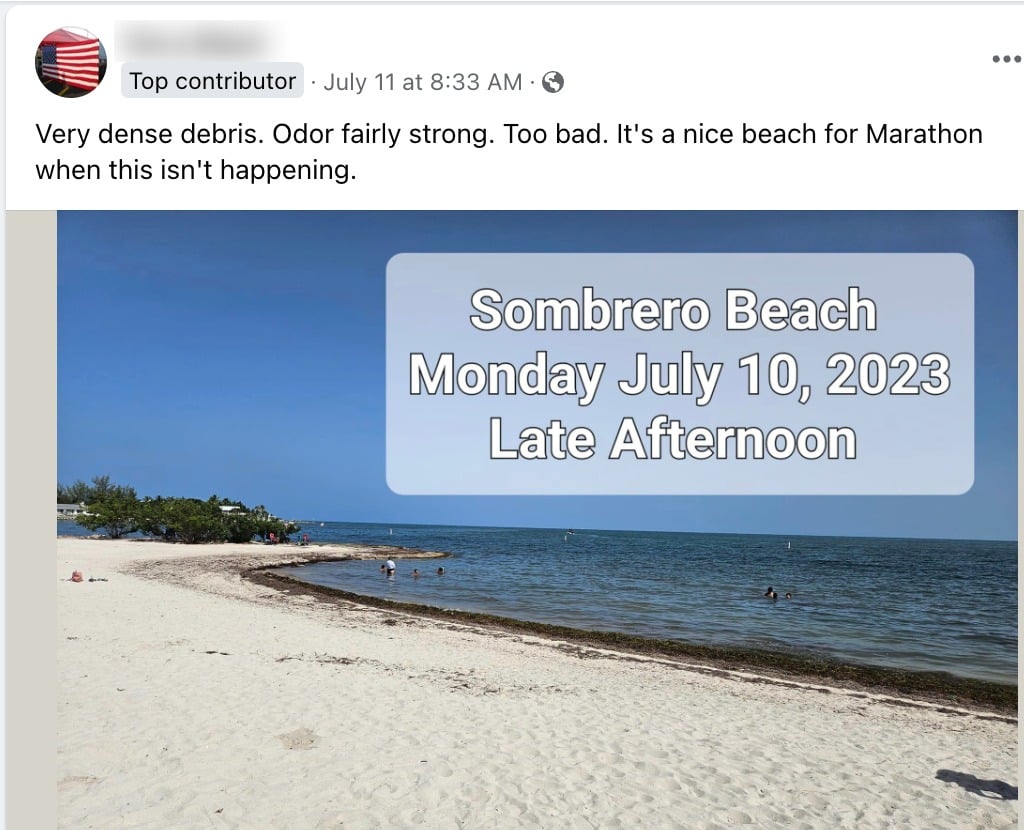
June 1: Jupiter Dog Beach
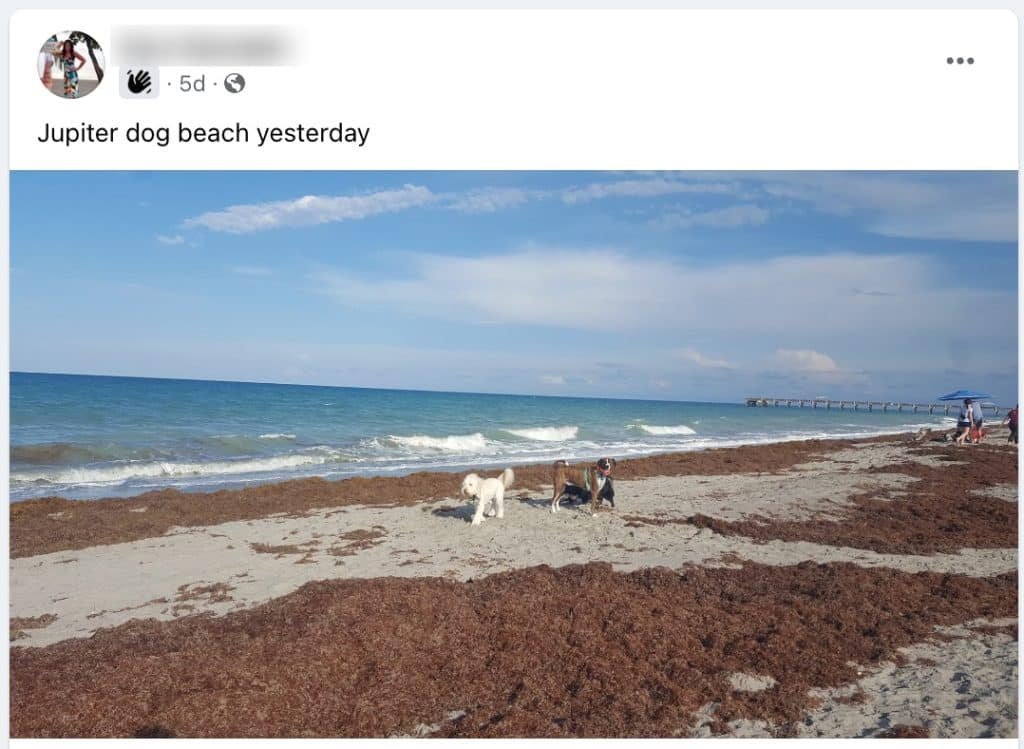
June 1: Panama City Beach
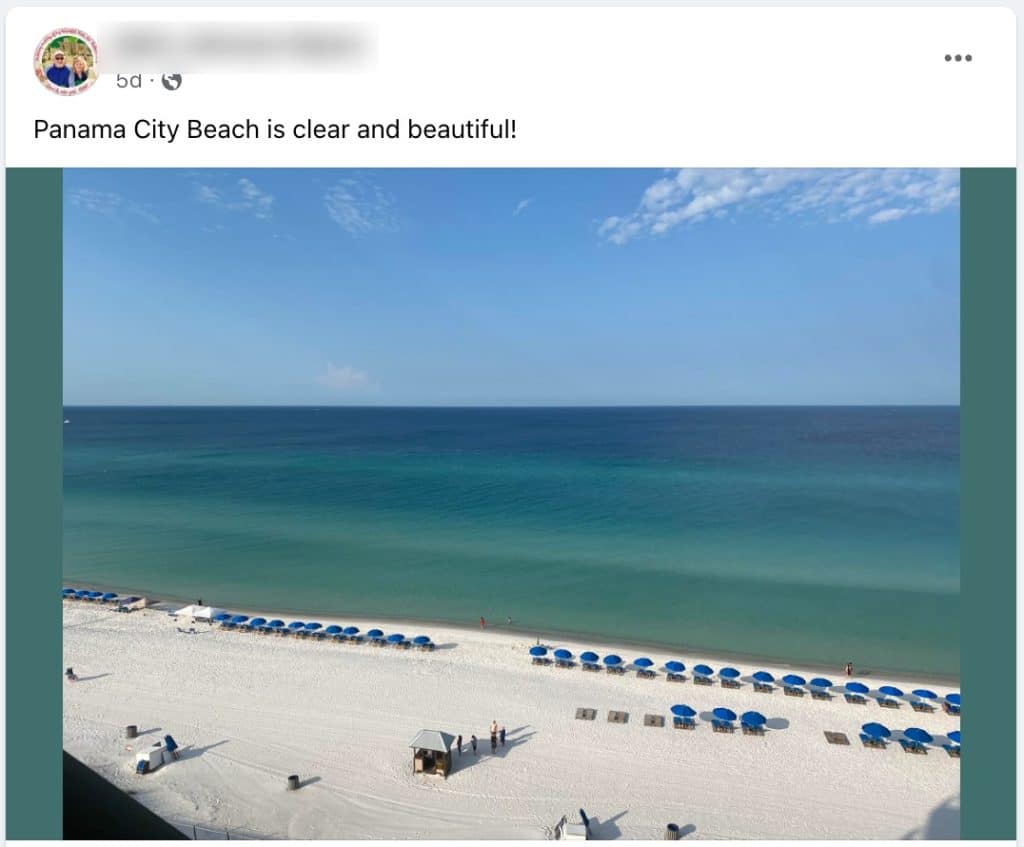
May 22: Latest photos and reports from travelers and locals in Florida
Here are some latest photos and updates from various areas in Florida. Join our group “Sargassum seaweed updates Florida‘ and ask for a specific area.
May 22: Bahia Honda State Park Seaweed Report
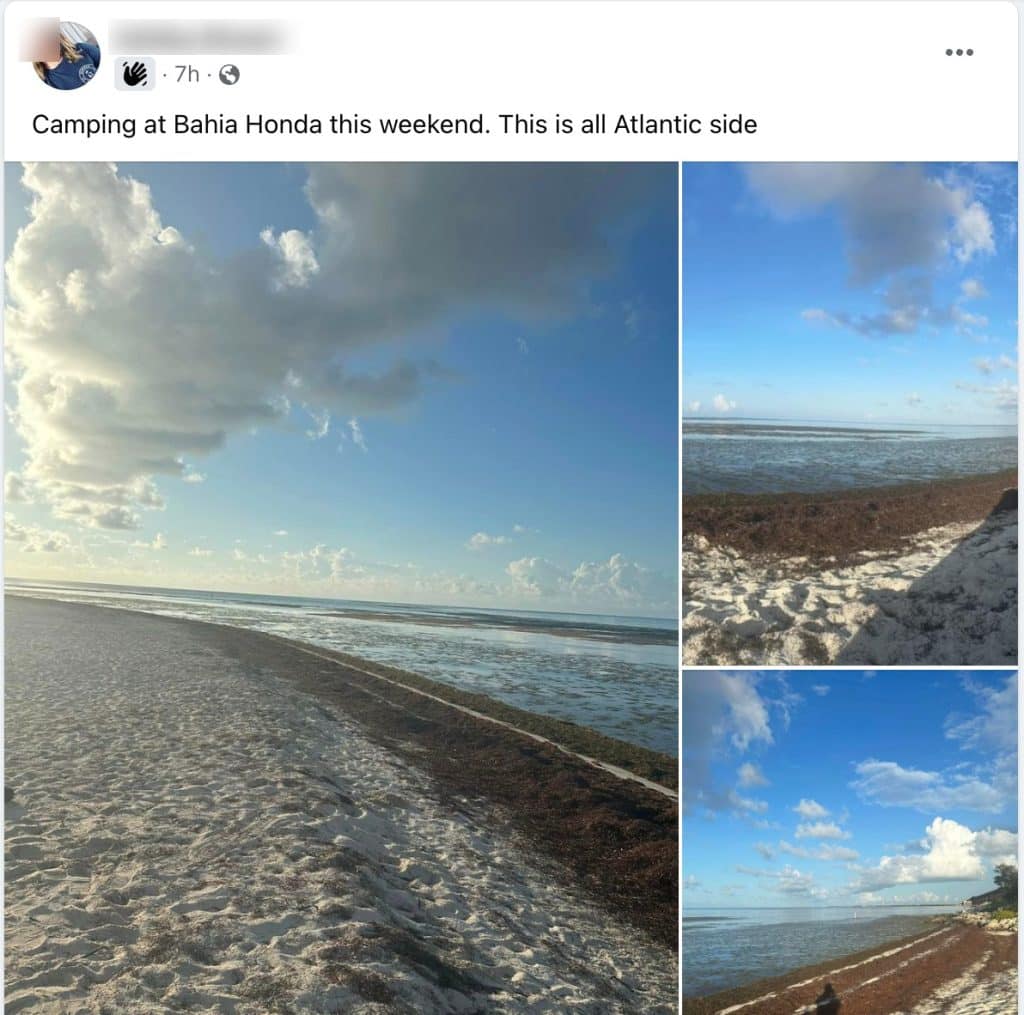
May 22: Panama City Beach Seaweed Report
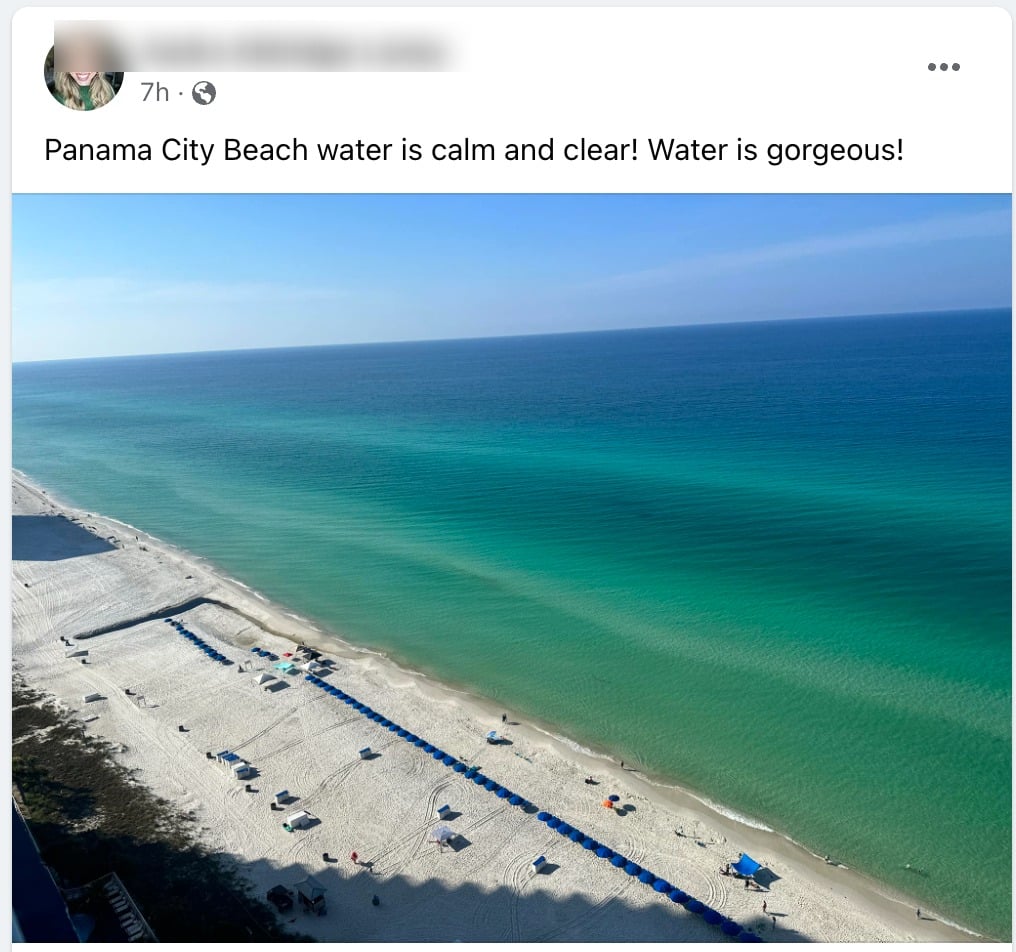
May 21: Melbourne Beach Seaweed Report
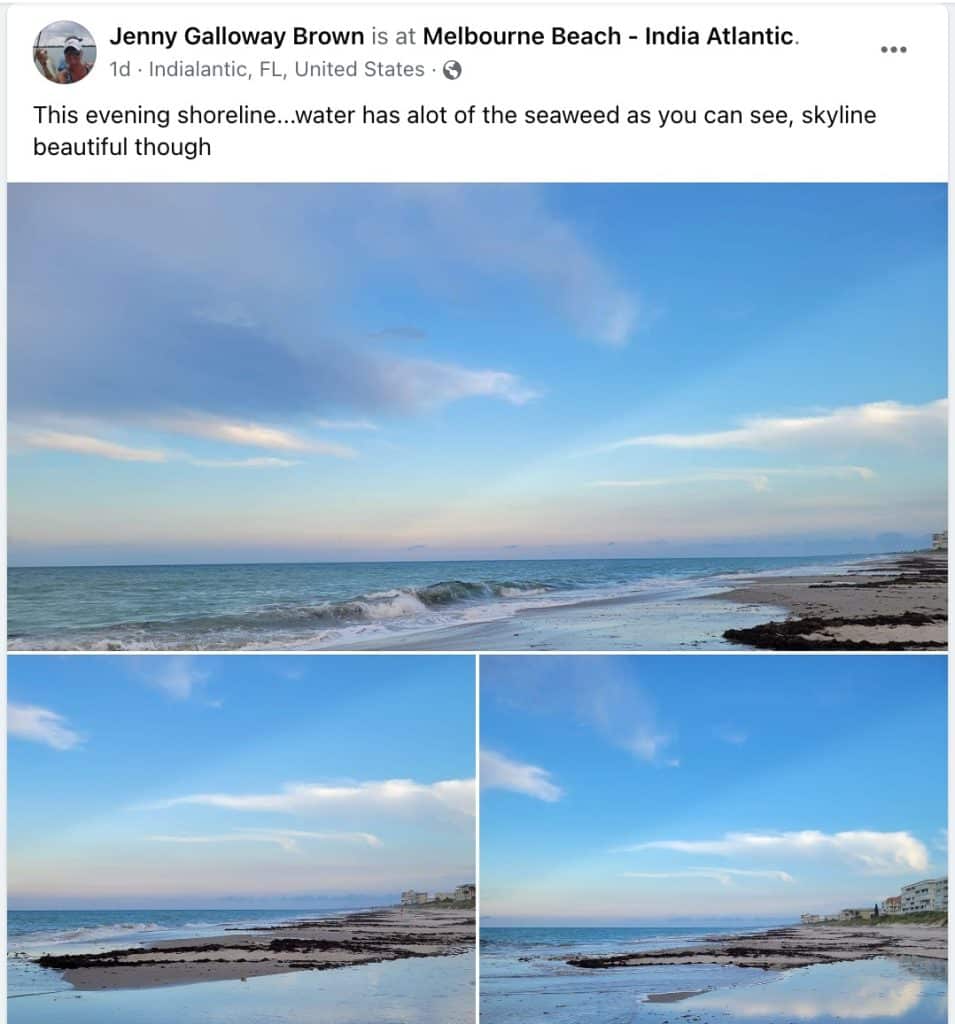

May 16: Bal Harbor Beach Seaweed Report
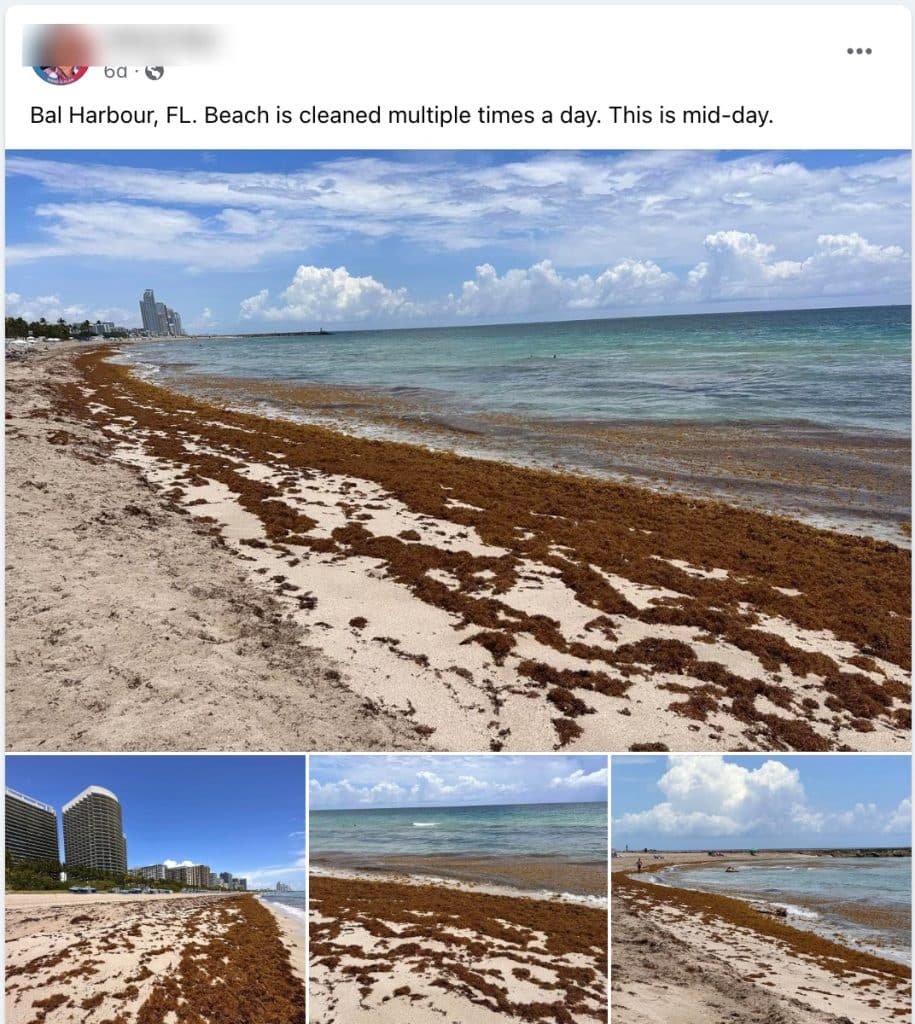
May 1: Travelers and tourists are already reporting record seaweed arrivals in Florida
Activity in our special FB reporting group “Sargassum seaweed updates Florida” has increased with daily updates of seaweed arrivals. Most places are already reporting record amounts ahead of peak sargassum season.
Key West – Southernmost point of the continental US (April 30)

What causes the seaweed problem?
A 2020 study, featuring research from the National Oceanic and Atmospheric Administration (NOAA), linked the increase in sargassum in the tropical Atlantic Ocean to a shift in the North Atlantic Oscillation (NAO) around 2009-2010.
This change led to stronger westerly and southerly winds, which spread sargassum from the Sargasso Sea to the tropical Atlantic Ocean, where it received more sunlight and nutrients from ocean upwelling.
The longevity of this increased sargassum presence is uncertain, with NOAA’s Rick Lumpkin noting the possibility of a similar event occurring in the past, followed by a decline of the Sargassum belt after decades.
What could be done? These are possible alternative uses for sargassum headed to Florida, according to a new startup
The surge of sargassum seaweed in recent times has prompted companies to explore new methods to eliminate it, and its potential applications are already numerous.
Scientists and entrepreneurs aim to turn it into syrup, bricks and possibly even jet fuel. Carbonwave, an organization based in Boston and Puerto Rico, uses it as an ingredient in fertilizers, cosmetics and even synthetic leather.





